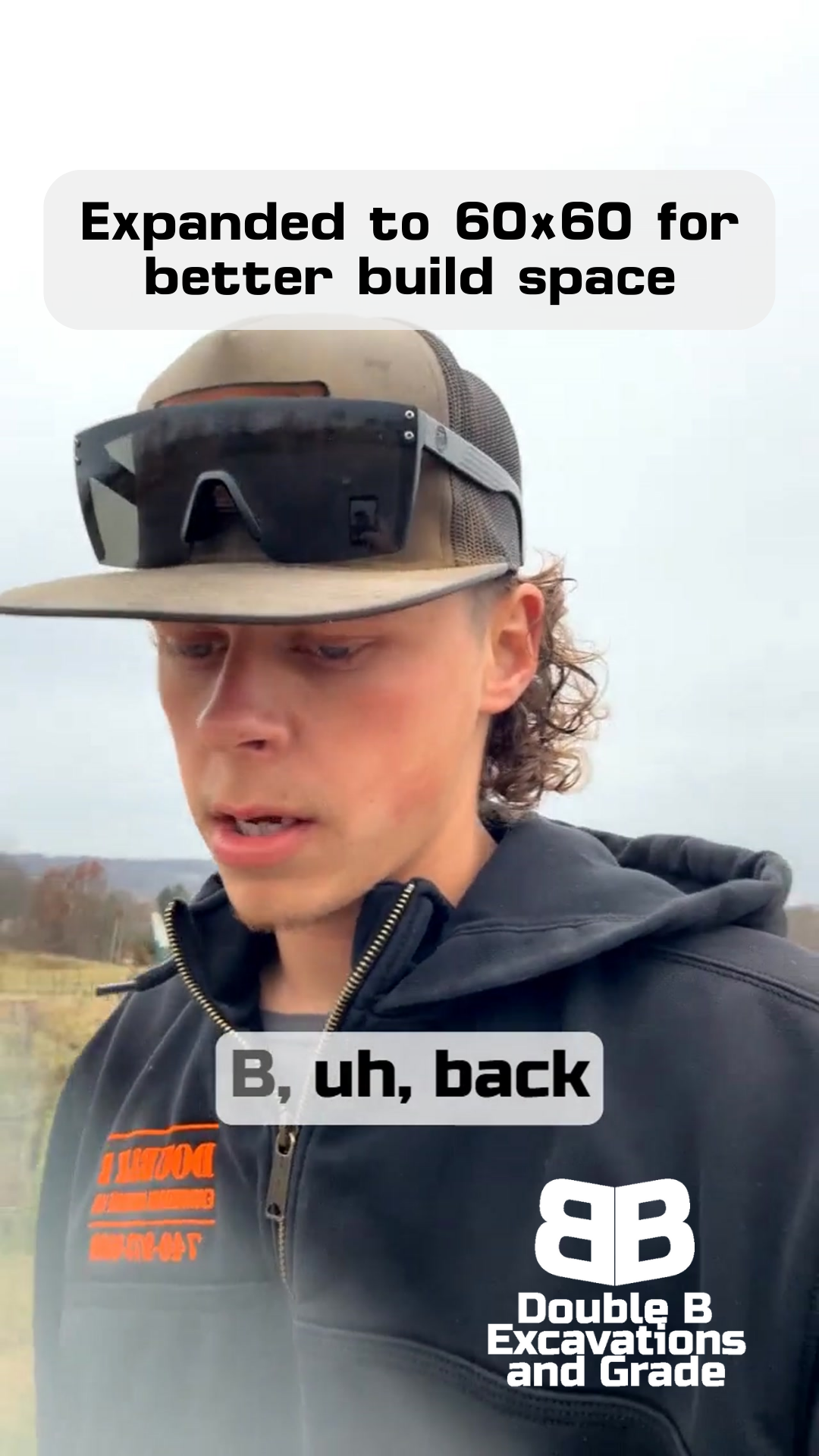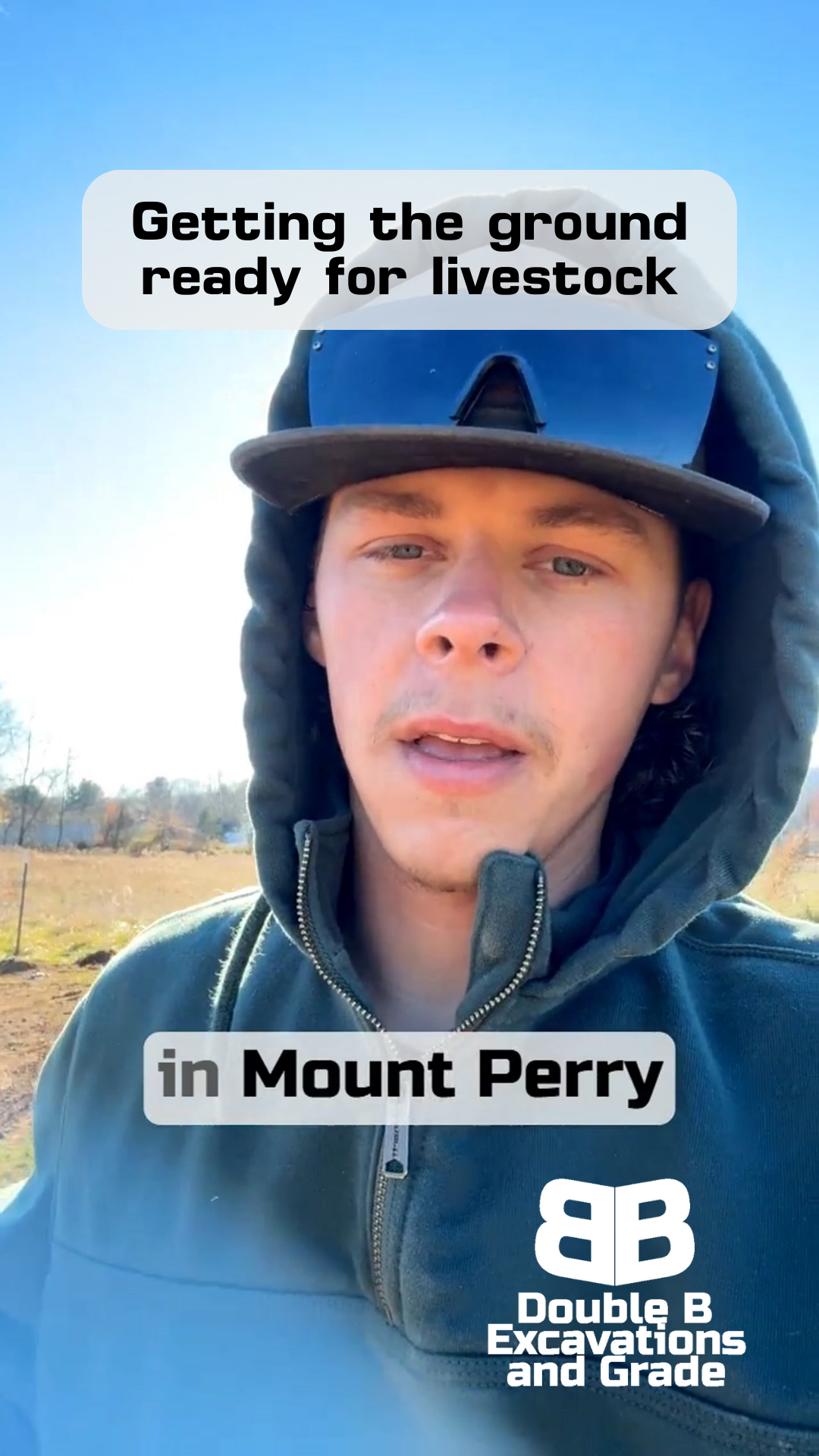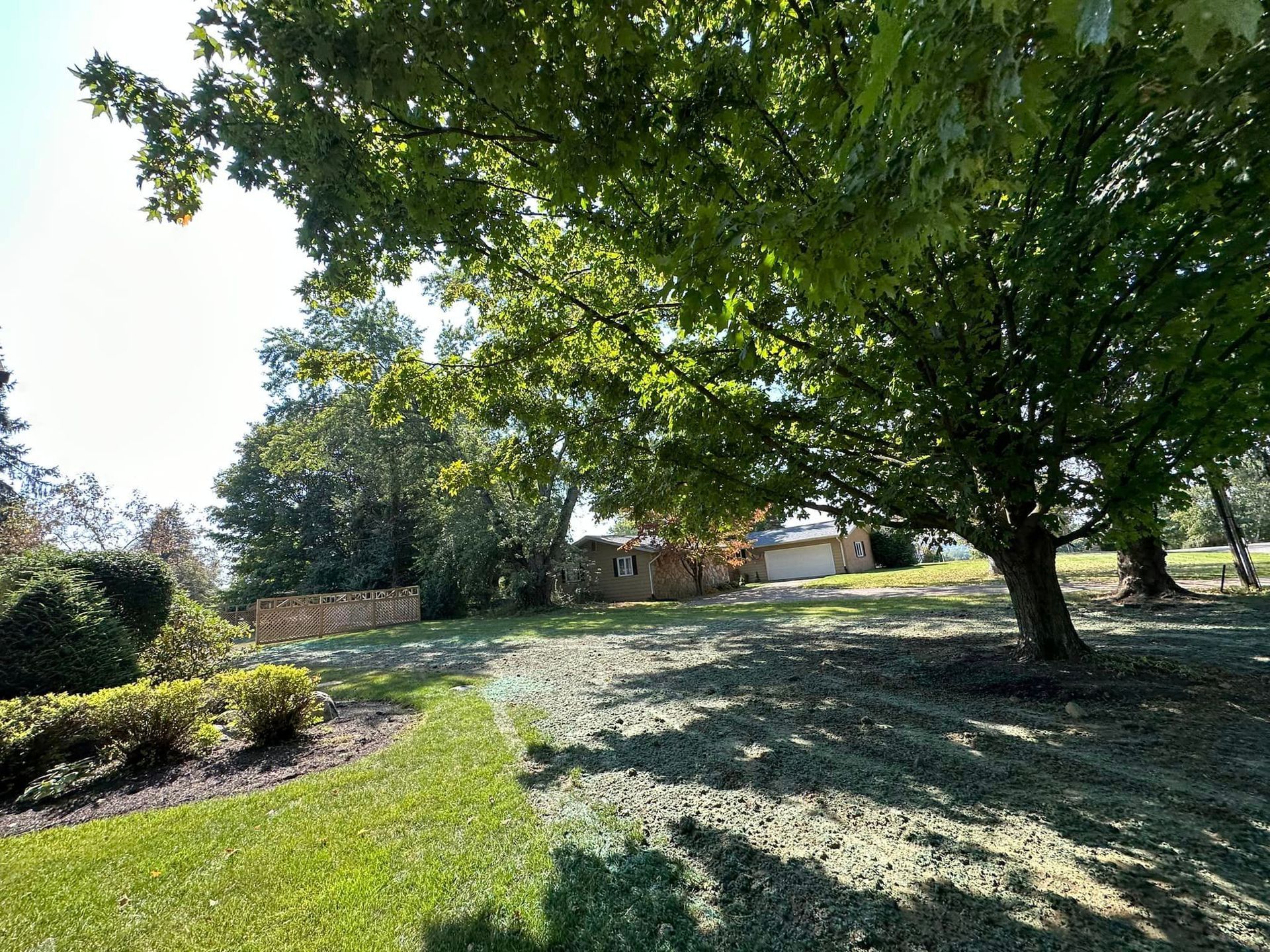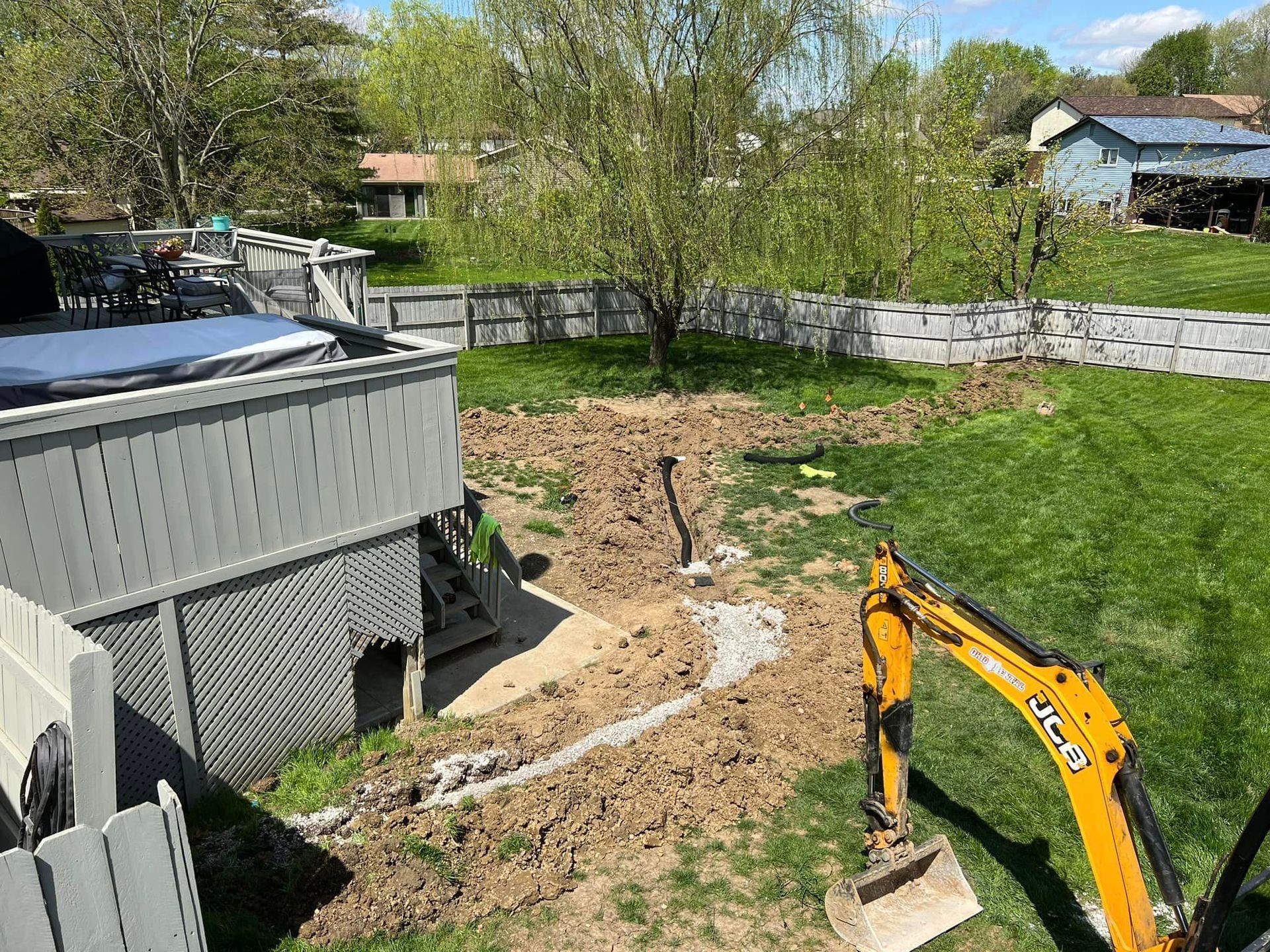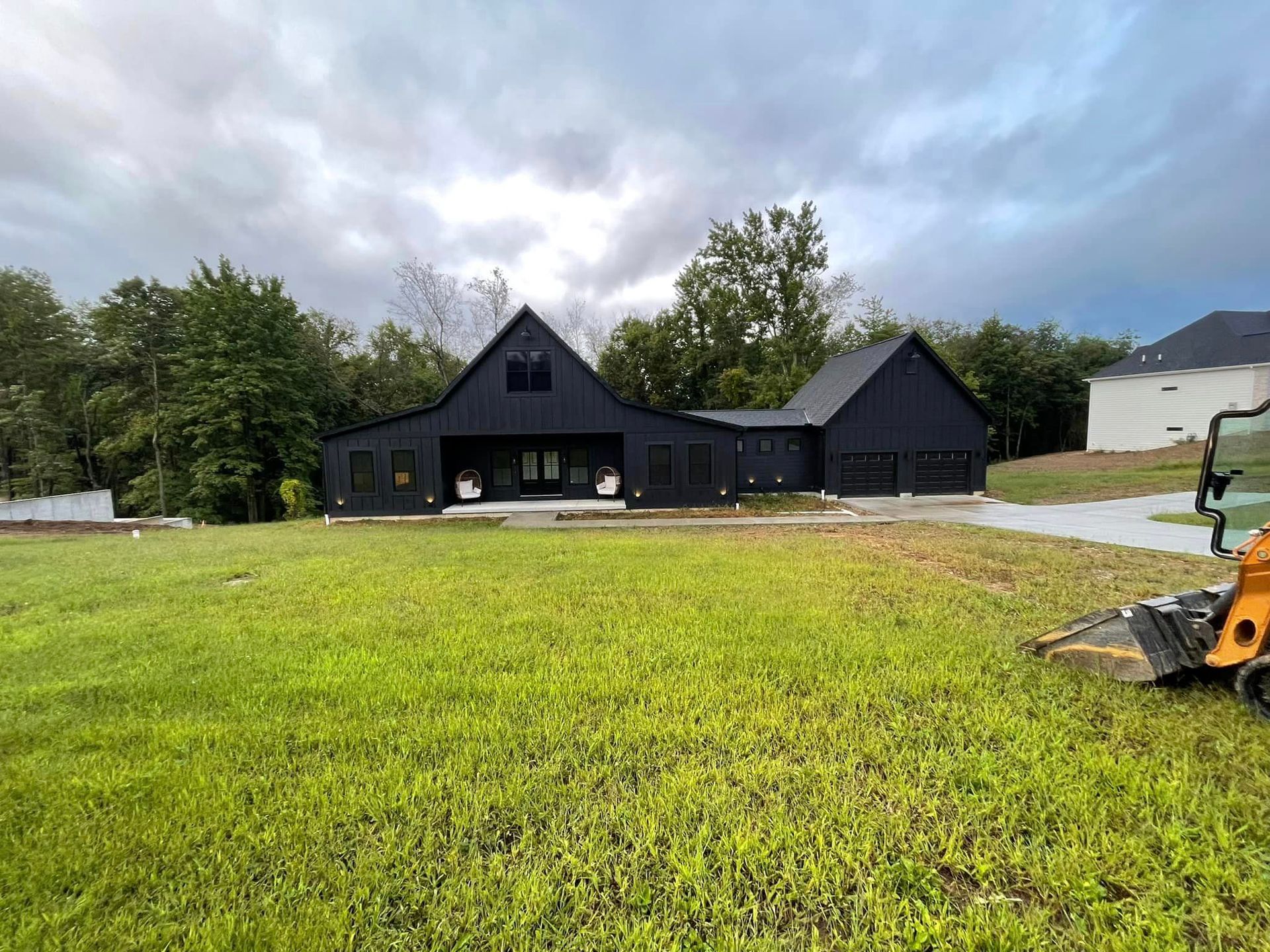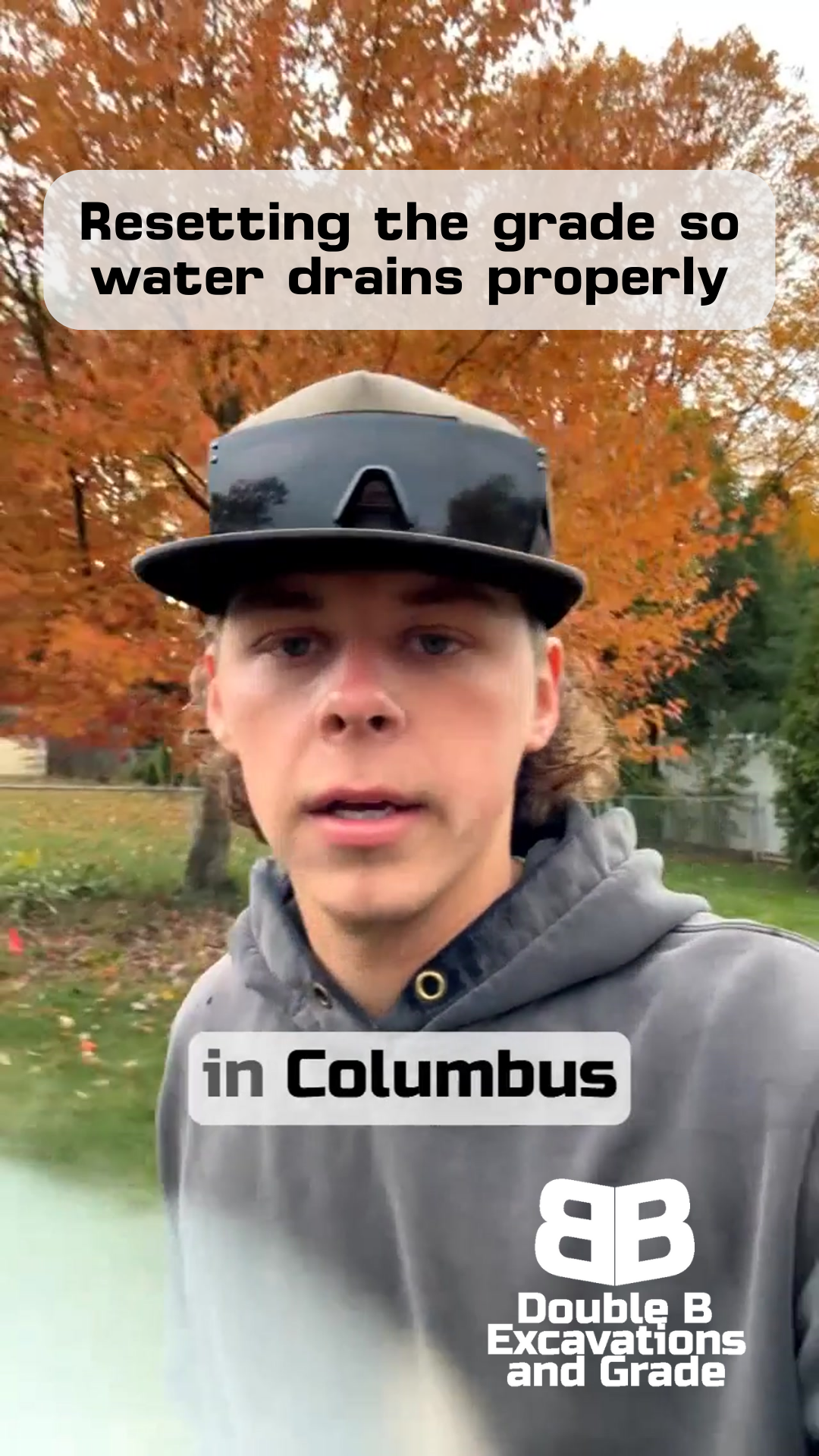Pond Drainage Problems? Why Culvert Size Matters for Ohio Properties
Double B Excavations & Grade LLC
When Your Pond Won't Drain
A COMMON OHIO PROPERTY CHALLENGE WITH A STRAIGHTFORWARD SOLUTION
When a family friend reached out about their neighbor's pond problems, we knew exactly what we were likely to find.
High water levels, poor drainage, and an old culvert that just wasn't keeping up anymore.
It's a story we see play out across Ohio properties more often than you might think.
Here's the thing about pond drainage - when it's working right, you hardly think about it.
But when things start to go wrong, it can create headaches for everyone involved.
That's exactly what we found on this property, where a pond that should have been maintaining healthy water levels was instead staying consistently too high.
Welcome to Double B!
Understanding the Problem
Let me paint you a picture of what we found: an aging 10-inch galvanized metal culvert running under a driveway, responsible for managing the pond's water level. Now, galvanized metal might have been the go-to choice years ago, but time and water take their toll. Add in the fact that 10 inches just isn't enough diameter for many pond drainage situations, and you've got a recipe for problems.
When we assessed the situation, the signs were clear. The pond level was sitting way too high, and the discharge point wasn't doing its job. This isn't just about having too much water in your pond - it's about preventing potential issues down the line. Whether it's erosion around your driveway, damage to nearby structures, or even flooding during heavy rains, an undersized or deteriorating culvert can cause real problems for property owners.
Why Size Matters in Culvert Selection
Let's talk about why we're jumping from a 10-inch to a 12-inch culvert. Those two inches might not sound like much, but when it comes to water flow, it makes a huge difference. Think about it like this: a bigger pipe means more water can move through at once. When you're dealing with Ohio's spring thaws or those heavy summer storms, that extra capacity isn't just nice to have - it's necessary.
The old 10-inch galvanized pipe was probably fine when it was first installed. But between the metal breaking down over time and the simple fact that it's undersized for what this pond needs, it's creating more problems than it's solving. By upgrading to a 12-inch pipe, we're giving that pond water somewhere to go, even during the wettest times of the year.
The Replacement Process
Here's what it takes to fix a situation like this. First, we've got to cut through the asphalt driveway - there's no way around it. This isn't just about pulling out the old pipe and dropping in a new one. We need to do this right, which means proper excavation, careful removal of the old culvert, and making sure we've got the right grade for water to flow properly.
We're looking at a 40-foot span here, which tells you something about the scope of the project. Every foot of that needs to be done right, from the height and angle of the pipe to making sure it's properly bedded and supported. There's no cutting corners when you're dealing with water management - if you get it wrong, you'll just end up doing it again, and nobody wants that.
The key here isn't just replacing what was there - it's improving on it. Better materials, better size, better installation. When we're done, this culvert won't just handle today's drainage needs; it'll keep working properly for years to come.
Prevention vs. Reaction
Here's something I've learned over years of doing this work: most folks don't think about their culverts until there's a problem. But by then, you're usually dealing with more than just high water levels. Watch for these warning signs: water backing up where it shouldn't, erosion around your driveway, or your pond staying higher than normal even during dry spells. These are all telling you something's not right.
The cost of replacing a culvert might seem high at first, but it's nothing compared to dealing with a failed drainage system. When you factor in potential damage to your driveway, property erosion, or even foundation issues if water's not moving right, being proactive starts looking pretty smart. Plus, there's the peace of mind knowing your property can handle whatever weather Ohio throws at it.
Looking Forward
This project in particular shows why it pays to have good neighbors - someone who cares enough to connect property owners with the help they need. But it also shows why getting drainage right matters so much in Ohio. Between our spring thaws, summer storms, and everything in between, your property's drainage system needs to be up to the task.
When to Take Action
If you're noticing any of these issues with your pond or culvert:
- Water levels staying higher than normal
- Slow drainage after rain
- Signs of erosion around your culvert or driveway
- Aging metal culvert pipes
Don't wait until you're dealing with flooding or property damage. Here in central Ohio, we've seen how small drainage issues can turn into big problems fast. Whether you're in Carroll, Newark, or anywhere in between, getting ahead of these issues saves headaches down the road.
Remember: proper drainage isn't just about moving water - it's about protecting your property and your peace of mind. Sometimes that means making improvements, like upgrading from a 10-inch to a 12-inch culvert. But in the long run, doing it right is always worth it.
